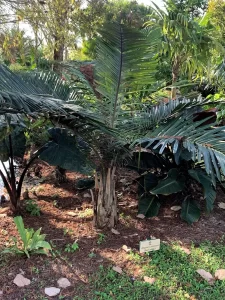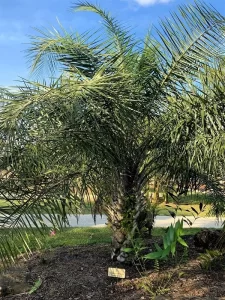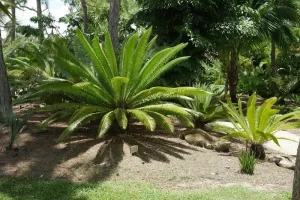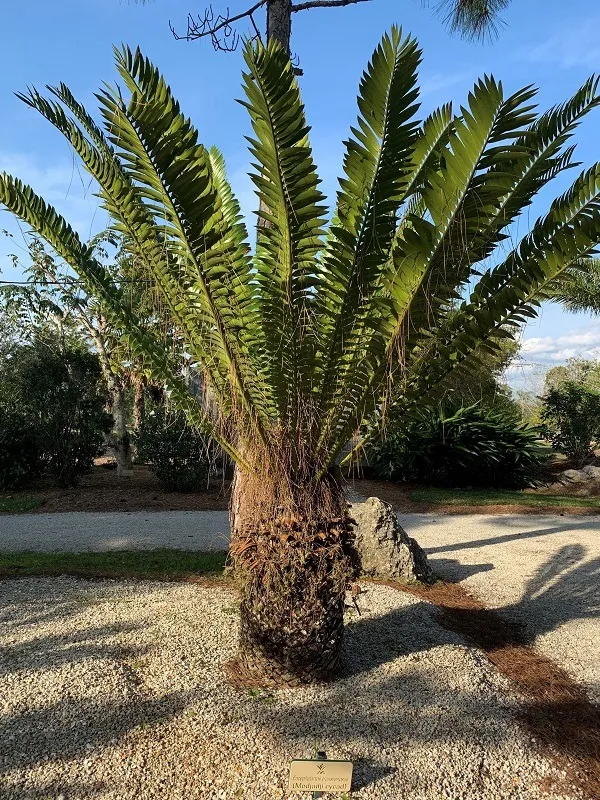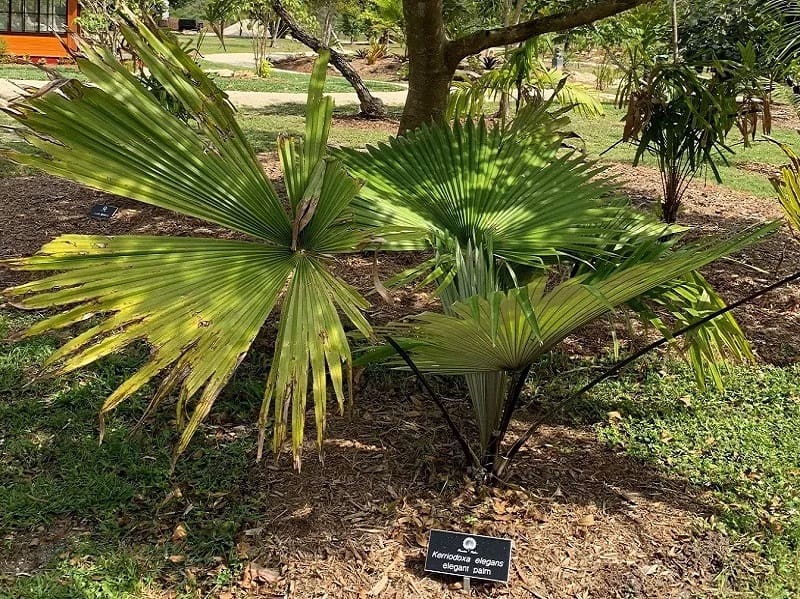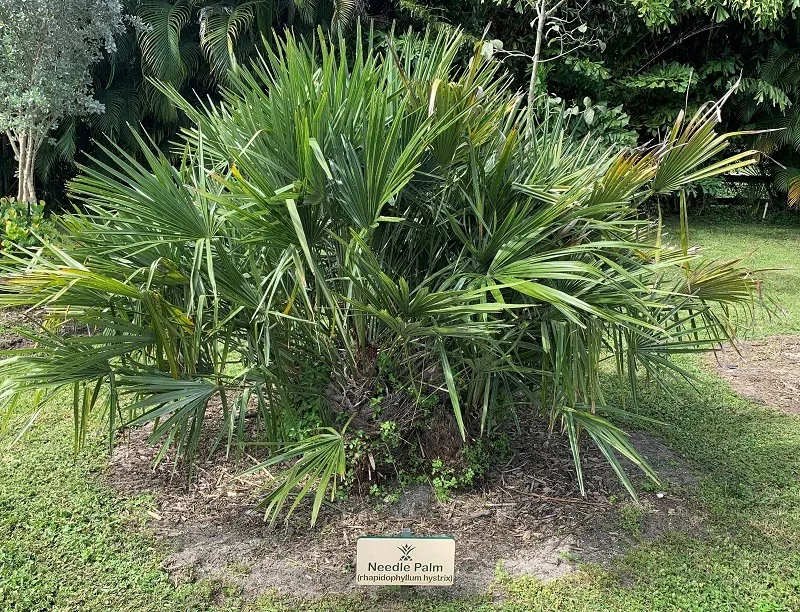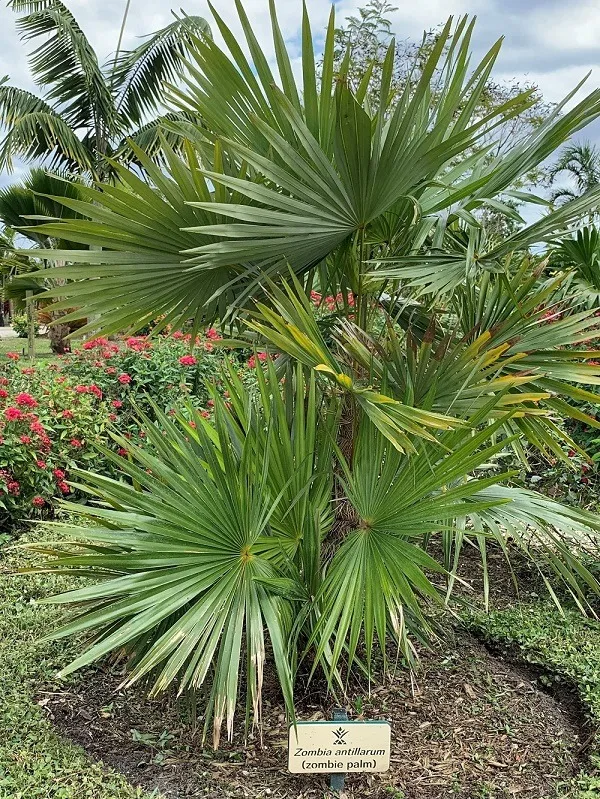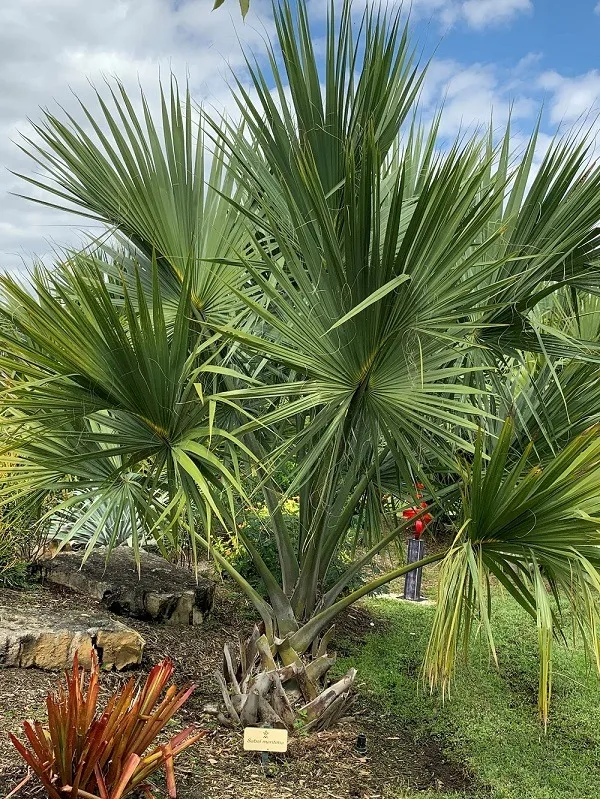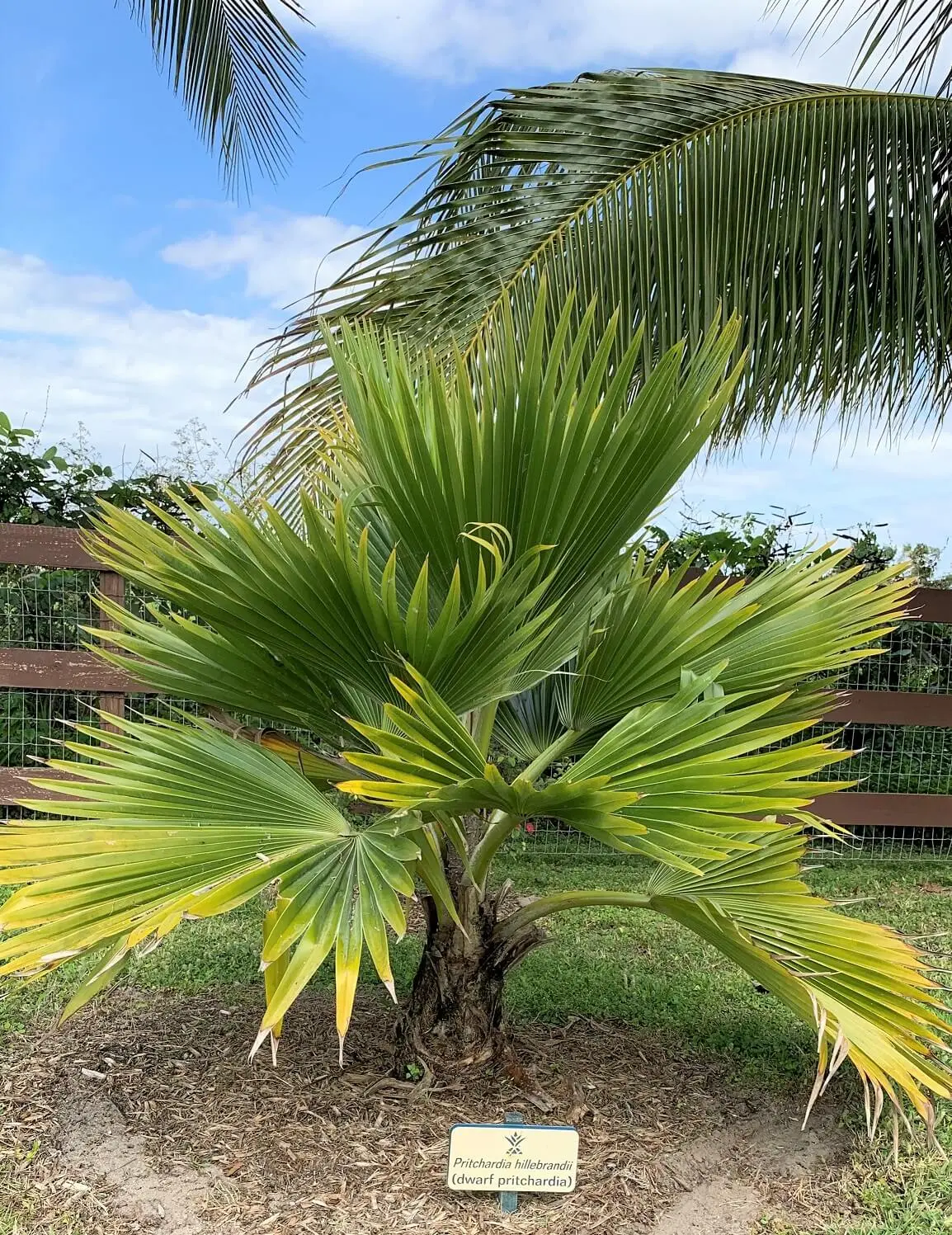AMERICAS
The expanse of North America, Central America, and South America encompasses a staggering array of plant species, mirroring the immense diversity of these continents. From the Arctic reaches to the southernmost tips, this vast region hosts an astonishing variety of ecosystems and landscapes, each providing a unique niche for a wide range of plant life, particularly palms and cycads.
Palms and cycads, emblematic of the region’s botanical richness, flourish abundantly across this vast expanse, thriving in diverse environments that range from deserts to mountain rainforests. Their adaptability to a broad spectrum of soil types and ecological settings showcases their resilience and versatility in the face of varied climates and terrains.
In the arid landscapes of deserts, palms and cycads demonstrate their remarkable ability to survive with limited water, adapting to harsh conditions by conserving moisture and withstanding high temperatures. Their presence in these challenging environments contributes to the ecological diversity and stability of these regions, showcasing their endurance amidst harsh climates.
Conversely, in the lush and biodiverse mountain rainforests, these plants carve out their existence, adding to the verdant tapestry of diverse flora. They play a vital role in these ecosystems, contributing to the structural and ecological integrity of these habitats while providing essential resources for the local wildlife.
Their ubiquity in such varied terrains across North, Central, and South America signifies their crucial ecological role and their status as indicators of the region’s biological richness. The presence of these plants in such diverse environments underscores their significance in preserving the health and equilibrium of these ecosystems, while also providing invaluable resources for local communities and contributing to the overall biodiversity of the region.
The continuous existence and adaptability of palms and cycads across these continents highlight their resilience and their integral role in shaping the diverse and multifaceted landscapes found in North America, Central America, and South America. Studying and conserving these plants is not only vital for understanding the ecological dynamics of these regions but is also crucial for preserving the intricate and rich biological heritage they represent.
Collection Includes
Acrocomia ♦ Aiphanes ♦ Allagoptera ♦ Asterogyne ♦ Astrocaryum ♦ Attalea ♦ Bactris ♦ Brahea ♦ Butia ♦ Butiagrus ♦ Calyptrogyne ♦ Chamaedorea ♦ Chelyocarpus ♦ Copernicia ♦ Cryosophila ♦ Elaeis ♦ Euterpe ♦ Gaussia ♦ Geonoma ♦ Iriartea ♦ Itaya ♦ Mauritia ♦ Phytelephas ♦ Reinhardtia ♦ Roystonea ♦ Sabal ♦ Sabinaria ♦ Schippia ♦ Syagrus ♦ Trithrinax ♦ Ceratozamia ♦ Dioon ♦ Zamia

